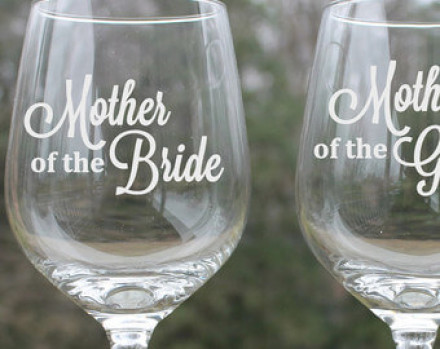When sandblasting, compressed air creates a powerful air stream that applies the blasting abrasive to the surface of the material to be engraved at high speed. The abrasive effect ablates or roughens the material in the appropriate place. In order to produce motifs through sandblast engraving, you need specific stencils.
For this, you first need to send your sandblast stencil templates as vector graphics to a third-party provider, who will use them to produce self-adhesive, robust stencils. In principle, you could create your own sandblast stencils yourself by transferring your designs to stencil foil. In both cases, however, time-consuming preparatory work and post-treatment (removing the film) need to be carried out before you can actually start engraving. When producing stencils, you should also make sure that the patterns to be cut out are connected to each other, e.g. via a strip. This means that internal patterns must be fixed in place via a strip. Alternatively, you could also use stencilled lettering. If there were no strips or stencilled lettering, then an “O” in a TrueType font is basically a circle without an internal circle. There is no such restriction of use for inscriptions with a JustLaser laser machine. If, on the other hand, patterns are cut out, you need strips or stencilled lettering (e.g. “stencil”).
The laser machines from JustLaser, on the other hand, convince with their simple handling and fast process flows. You can simply produce your ideas in your usual graphics program, for example AutoCAD, Adobe Illustrator or CorelDRAW. You then send it to your laser via print command. Our software automatically chooses the ideal laser parameters for you, which not only simplifies the working process, but also leads to perfect results. Enjoy technology that doesn’t limit your creativity!
Laser Machines

